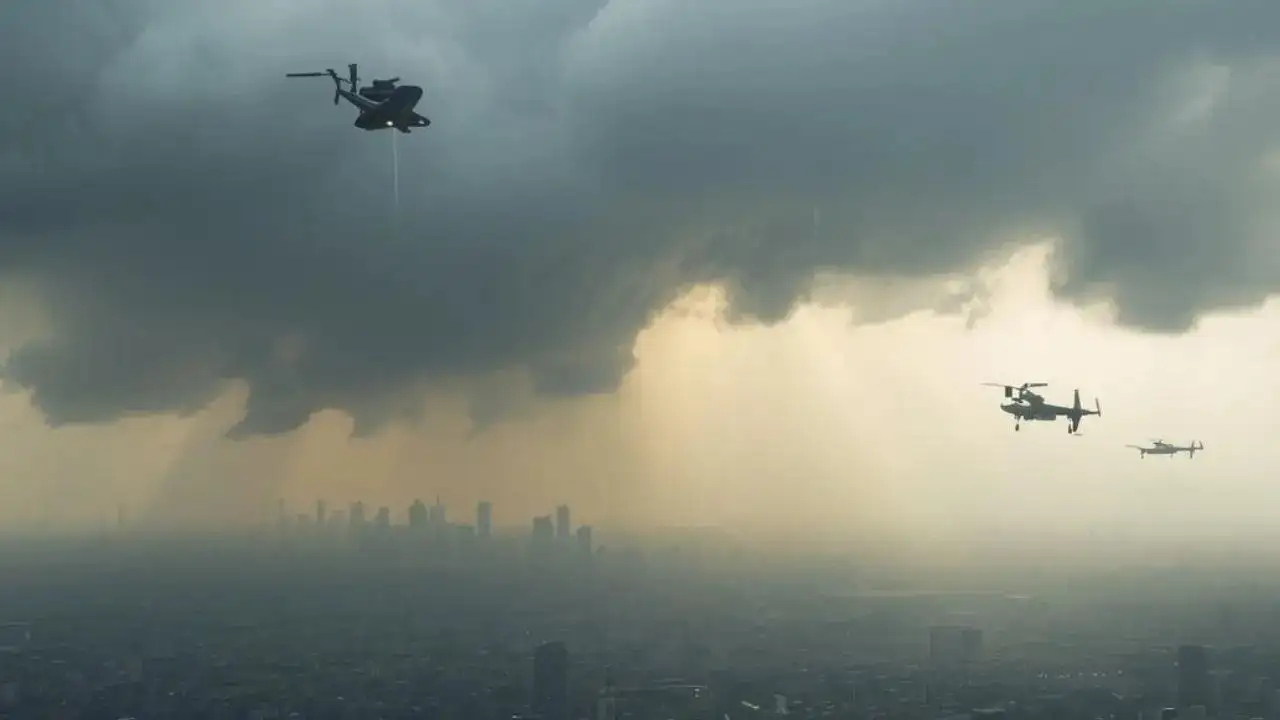Copyright timesnownews

As pollution in the national capital continued to worsen after Diwali, the Delhi government finally conducted the long-planned cloud seeding trials, worth crores, on Tuesday to induce artificial rain. However, the two attempted trials failed to bring rain to the national capital. The Delhi government, in collaboration with IIT Kanpur, conducted three trials to date, one on October 23 and two on October 28; however, none helped in producing significant rain in the capital. How Much Did Cloud Seeding Cost? The total cost of cloud seeding across five trials stood at Rs 3.2 crore, which means each trial costs around Rs 64 lakh. However, the Rekha Gupta-led Delhi government conducted two trials on Tuesday, costing Rs 1.2 crore in total. Delhi Environment Minister Manjinder Singh Sirsa has highlighted that IIT Kanpur would conduct up to nine trials from this overall budget. Did Cloud Seeding Help Ease Pollution? However, the cloud seeding did not bring any significant relief from Delhi pollution. A day after Delhi conducted cloud seeding trials, the air quality remained in "poor" and "very poor" categories on Wednesday. Delhi on Wednesday, 8 am, recorded its average air quality at 306, slipping into the "very poor" category from the "poor" category, which was recorded on Tuesday with 294 AQI. Moreover, on Thursday, the AQI worsened as it slipped to the "severe" category, hitting the 400 mark in the morning. Several areas across Delhi-NCR recorded an AQI above 400, while some slipped to "very poor". Also Read: Delhi Pollution Alert: AQI crosses 400 mark, Season’s Worst After Cloud Seeding Trials Go For A Toss How Was Cloud Seeding Done? The small aircraft flew over several parts of Delhi on Tuesday, including Burari, Mayur Vihar, and Karol Bagh, dispersing specially designed chemicals into the atmosphere. The aircraft released eight flares during a half-hour operation, each lasting about two to two-and-a-half minutes. These flares contained compounds including silver iodide and salt, which help water droplets in clouds combine and form rain. Despite all the attempts, 11 out of Delhi's 38 monitoring stations continued to record AQI in the "very poor" range, just a day after the trials were held, with readings above 300, according to the CPCB's Sameer app data. Get Latest News Live on Times Now along with Breaking News and Top Headlines from Delhi and around the world.



